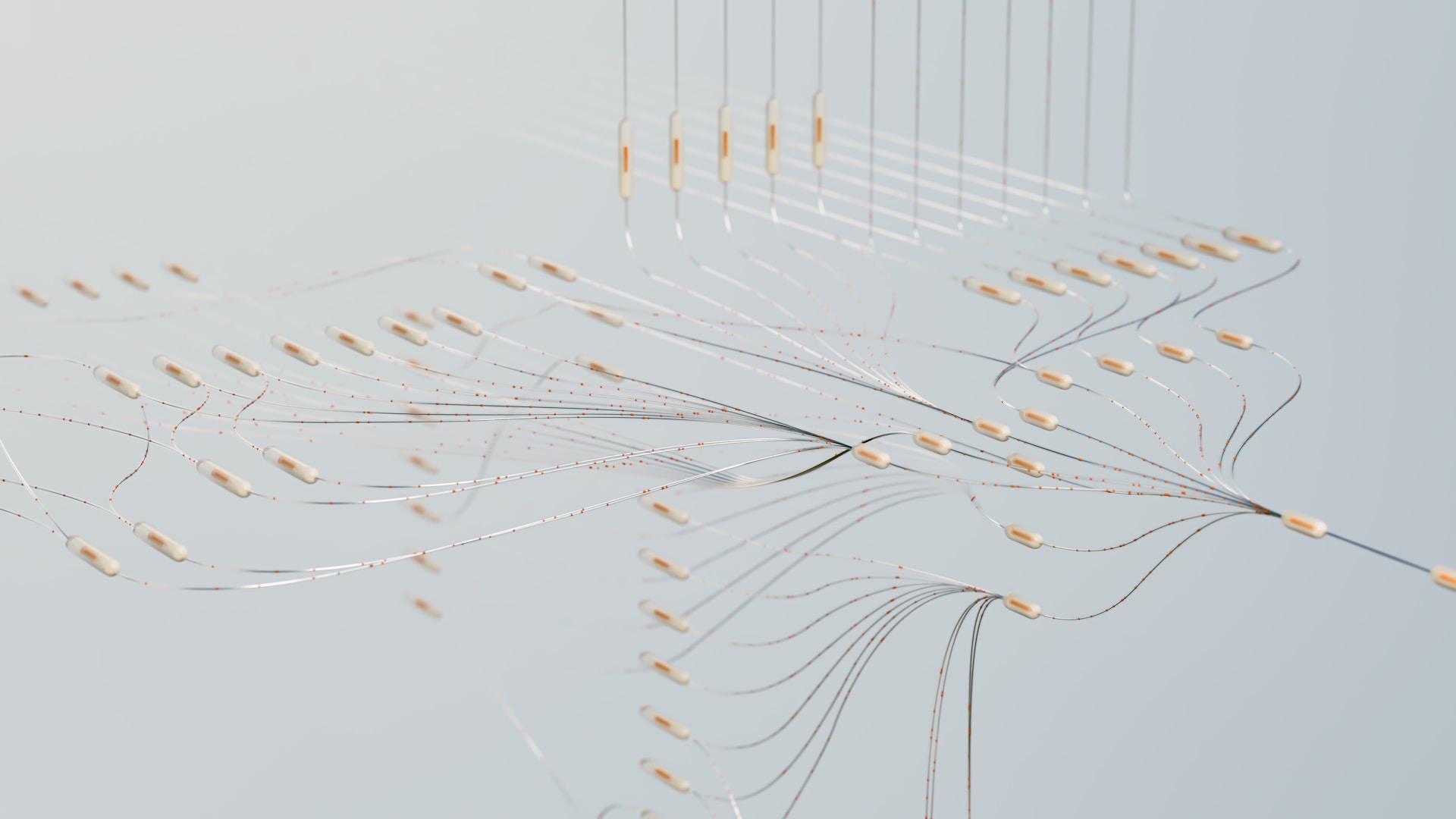Artificial Intelligence (AI) has become an integral part of many businesses, helping them to automate tasks, make better decisions, and improve overall efficiency. There are five main operating models for AI, each with its own strengths and weaknesses. In this article, we will explore these models and how they work.
1. Reactive Machines: This is the most basic form of AI, which is programmed to react to specific inputs with specific outputs. These systems do not have memory or the ability to learn from past experiences. Examples of reactive machines include Deep Blue, the chess-playing computer, and AlphaGo, the Go-playing AI developed by DeepMind. While they are very good at specific tasks, they are not capable of generalizing or improving their performance over time.
2. Limited Memory: These AI systems have the ability to learn from historical data and make decisions based on that information. They can improve their performance over time, but they are still limited in scope and cannot apply their knowledge to new situations. Self-driving cars are a good example of limited memory AI, as they use data from sensors and cameras to make decisions in real-time.
3. Theory of Mind: This is a more advanced form of AI that is still largely theoretical. This model involves creating AI systems that have the ability to understand and predict the behavior of other agents, including humans. This would require the AI to have an understanding of emotions, intentions, and beliefs, and be able to use that information to interact with others in a more human-like way.
4. Self-aware: This is the most advanced and futuristic form of AI, in which machines have consciousness and the ability to understand their own existence. This level of AI is still purely theoretical and raises ethical and philosophical questions about the nature of consciousness and the potential consequences of creating machines with self-awareness.
5. Machine Learning: This model involves creating AI systems that can learn from data and improve their performance over time without being explicitly programmed to do so. This approach is currently the most popular and practical form of AI, and it has been used in a wide range of applications, from recommendation systems to natural language processing.
In conclusion, the five AI operating models represent different levels of sophistication and capability. While we are still far from creating self-aware AI, machine learning and limited memory AI have already transformed many industries and are likely to continue doing so in the future. It is important for businesses to understand the different models and their capabilities in order to leverage AI effectively and responsibly.



















